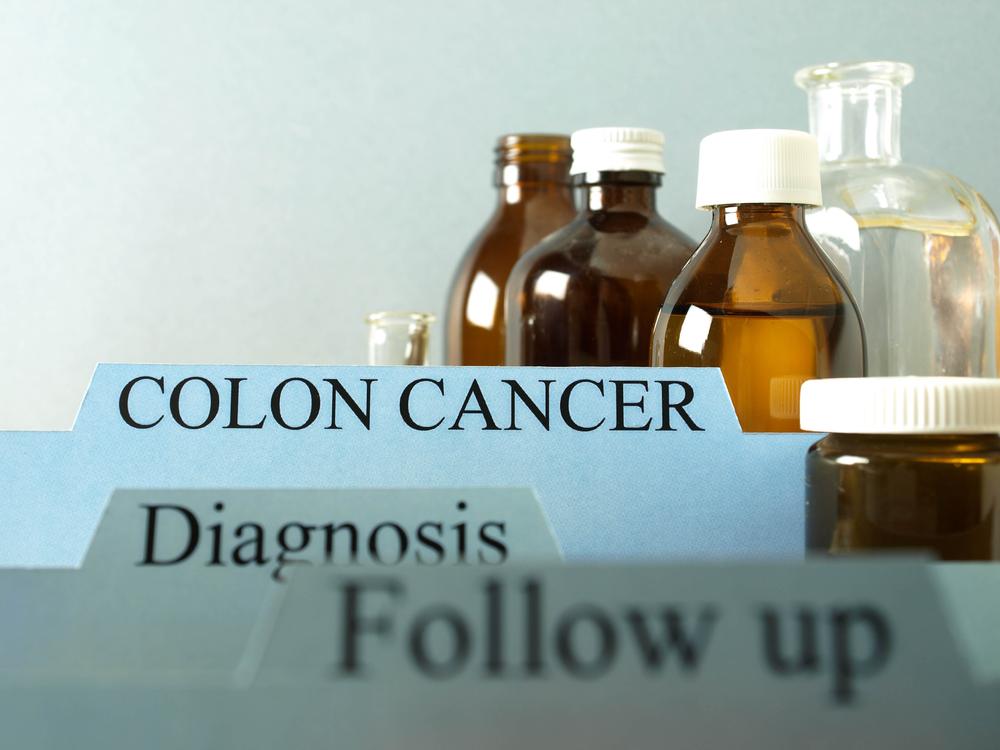
Stages of Colon Cancer and Their Treatment Methods
The stages of colon cancer are determined after its diagnosis. Tests are conducted to ascertain whether the cancer cells have spread to other parts of the body or they are limited within the colon. Colon cancer progresses in the body in three ways and spreads to other parts of the body from its initial location. The process to determine the extent of the cancer is called staging and is required to be treated differently. After the stages have been determined, the treatment options for colon cancer include surgery (removing the cancer in an operation), local excision (cancer found at an early stage is removed without cutting through the abdominal wall), resection with anastomosis (when the cancer is large, it is removed along with some nearby healthy tissue, then the healthy parts of the colon are sewn together), and therapies.
The following are the stages and treatment options:
1. Stage 0 (Colon Carcinoma in situ) and treatment for colon cancer:
The stage begins when abnormal cells are found in the mucosa or the innermost layer of the colon wall. The growth may become cancerous and spread to normal tissues. The treatment includes surgery which can be local excision, resection, and anastomosis.
2. Stage I (Colon Cancer) and treatment for colon cancer:
The stage begins when cancer that was formed in the mucosa (innermost layer) of the colon wall spreads to the submucosa (next tissue layer) of the colon wall. Treatment includes resection and anastomosis.
3. Stage II and treatment for colon cancer:
The stage begins when cancer has spread to the outermost layer of the colon wall through the muscle layer. This stage is further divided into three stages:
- Stage IIA
Cancerous cells have spread to the outermost layer of the colon wall from the innermost layer.
- Stage II B
Cancerous cells have spread to the tissues that line organs in the abdomen from the outermost layer.
- Stage II C
Cancerous cells have spread to the nearby organs from the colon wall. Treatment includes resection and anastomosis.
4. Stage III and treatment for colon cancer
The stage begins when cancer has spread past the mucosa layer through the submucosa layer and is now developing in the muscle layer or it has spread to either lymph nodes or tissues near the lymph nodes. This stage is also divided into three stages:
- Stage III A
Cancer has spread from one to six lymph nodes or tissues near the lymph nodes.
- Stage III B
Cancer has spread to seven or more lymph nodes and tissues that line the organs.
- Stage III C
Cancer has spread to the nearby organs, damaging their functions. Treatment includes resection and anastomosis.
5. Stage IV and treatment for colon cancer
This stage leads to the spread of cancer throughout the blood and lymph nodes to the various parts of the body such as liver, lungs, and ovaries. This stage is also divided into three stages;
- Stage IV A
Cancer has spread to an area that is not close to the colon. - Stage IV B
Cancer has spread to more than one area that is distant from the colon.
- Stage IV C
Cancer has spread to the abdomen and other organs of the body.
Treatment for colon cancer includes local excision for recurred tumors, resection with or without anastomosis, surgery to remove cancer-affected organs, therapies such as chemotherapy, cryosurgery or radiofrequency ablation for patients who cannot undergo surgery, immunotherapy, targeted therapy, chemoembolization of the hepatic artery, and /or clinical trials.


